Speakers reflected on the potential for robotic platforms to redefine vitreoretinal procedures - balanced against real-world challenges like cost, workflow integration, training and clinical value.
Key topics discussed:
- Why ophthalmology hasn’t yet seen widespread robotic adoption despite clear technological progress.
- Lessons learned from other specialties (e.g., urology) that adopted robotics earlier.
- The potential of robotics to democratise surgical skill, improve precision, and unlock new procedures (e.g. subretinal or intravascular injections).
- The role of IOCT integration, AI support, and instrument compatibility in future platforms.
A systems engineer’s perspective on ophthalmologic surgical robotics
With a background in medical robotics engineering focused on ophthalmology, Nathan offers a grounded and technically insightful view on how the field should evolve. Rather than focusing solely on surgical enhancement, Nathan urges R&D teams to think more holistically about automation across the entire clinical setting.
Highlights from Nathan's talk:
- Adoption friction: Ophthalmic surgeons are already highly capable, limiting the marginal gains from robotic assistance - unlike in specialties where robotics filled a performance gap.
- Clinic-wide automation: There are adjacent opportunities in automating setup, logistics, and intraoperative support, areas where time and efficiency gains may be more tangible in the short term.
- Cost-efficient design: Using precise, off-the-shelf industrial robotics components can accelerate development and reduce unit cost.
- Regulatory realism: While technical capability is within reach, fully autonomous surgery faces significant legal and liability barriers. Like autonomous vehicles, adoption will hinge on legal frameworks more than tech.
- Incremental value delivery: R&D should focus on near-term wins like digital microscopes with real-time guidance, smart fluidics control, and task-specific automation, not just full procedure replication.
Watch the full video. (Nathan’s talk starts at 10:20 and again at 21.45).




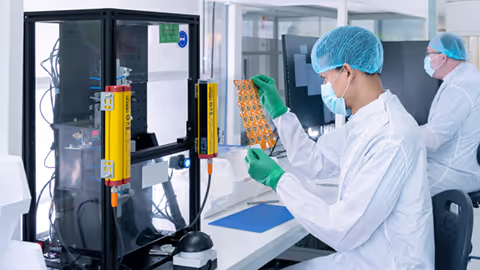
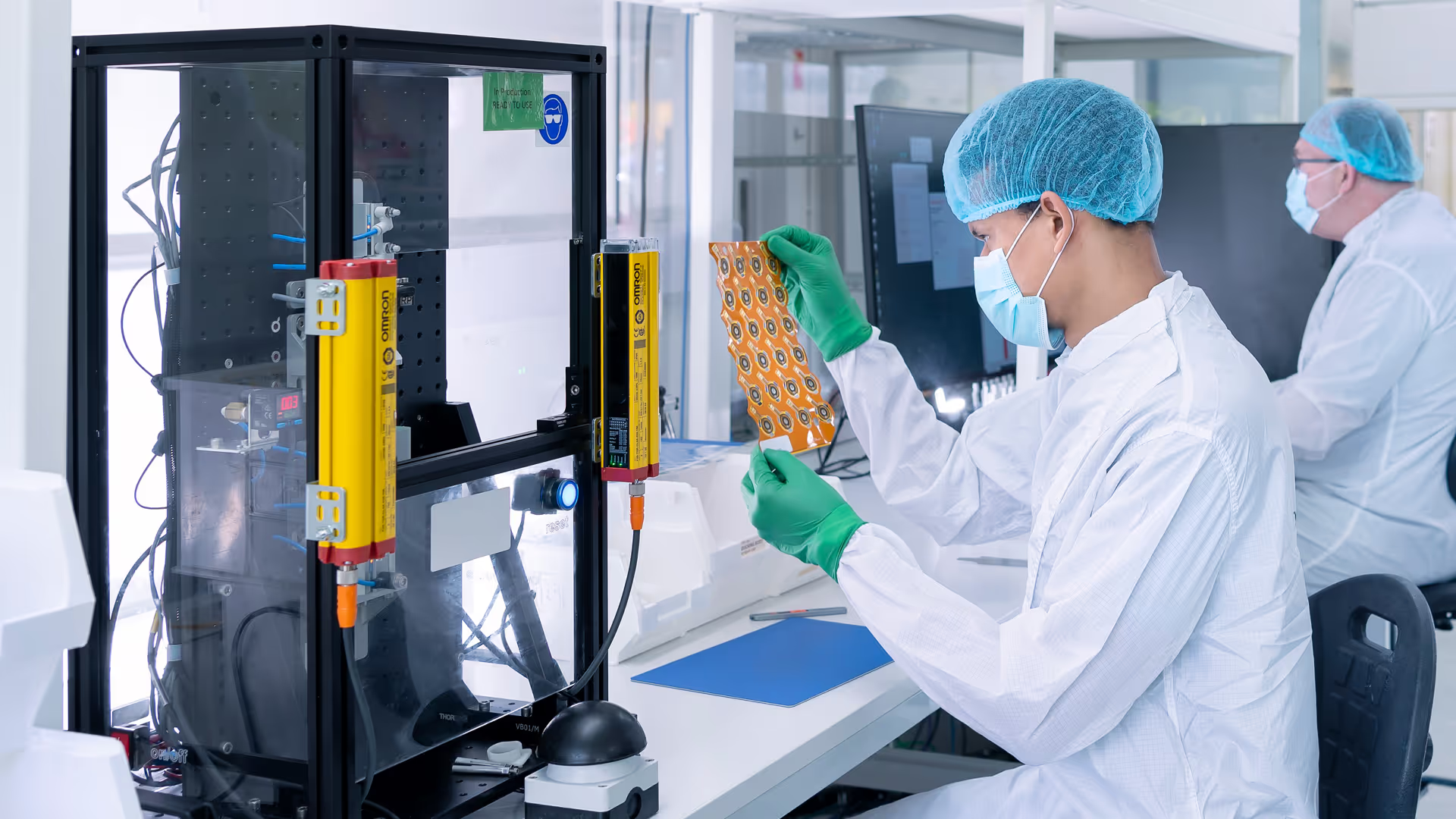
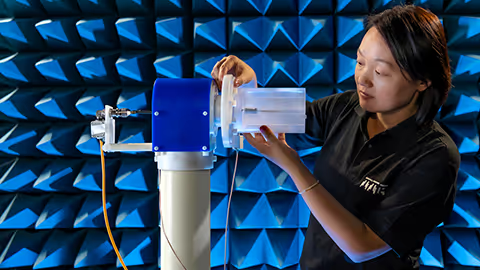
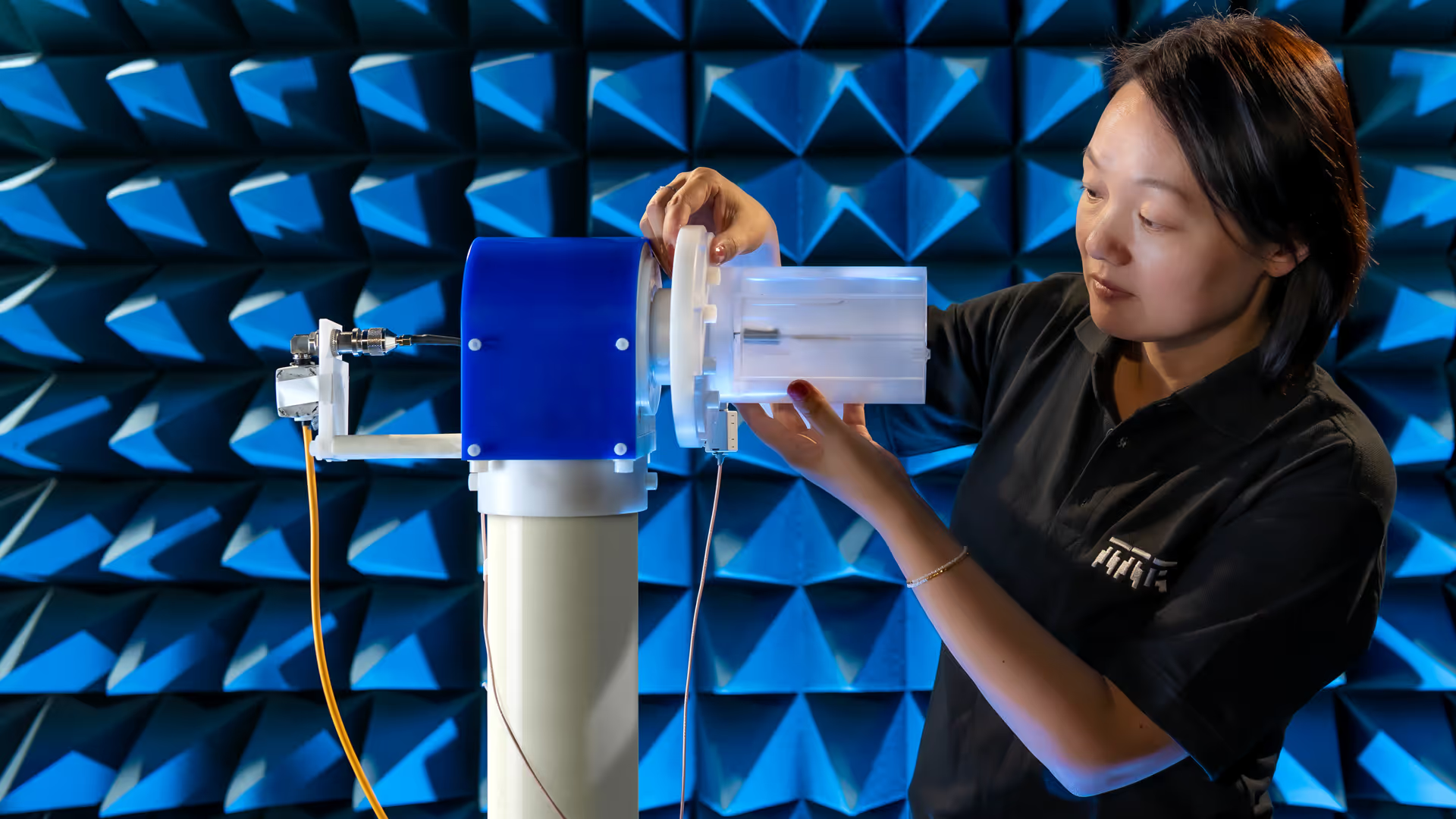
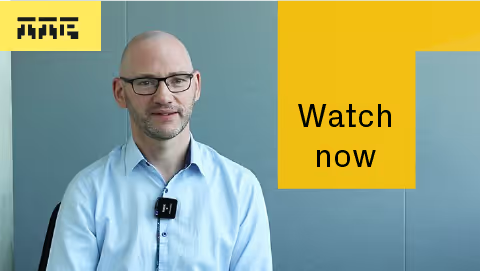
.avif)

